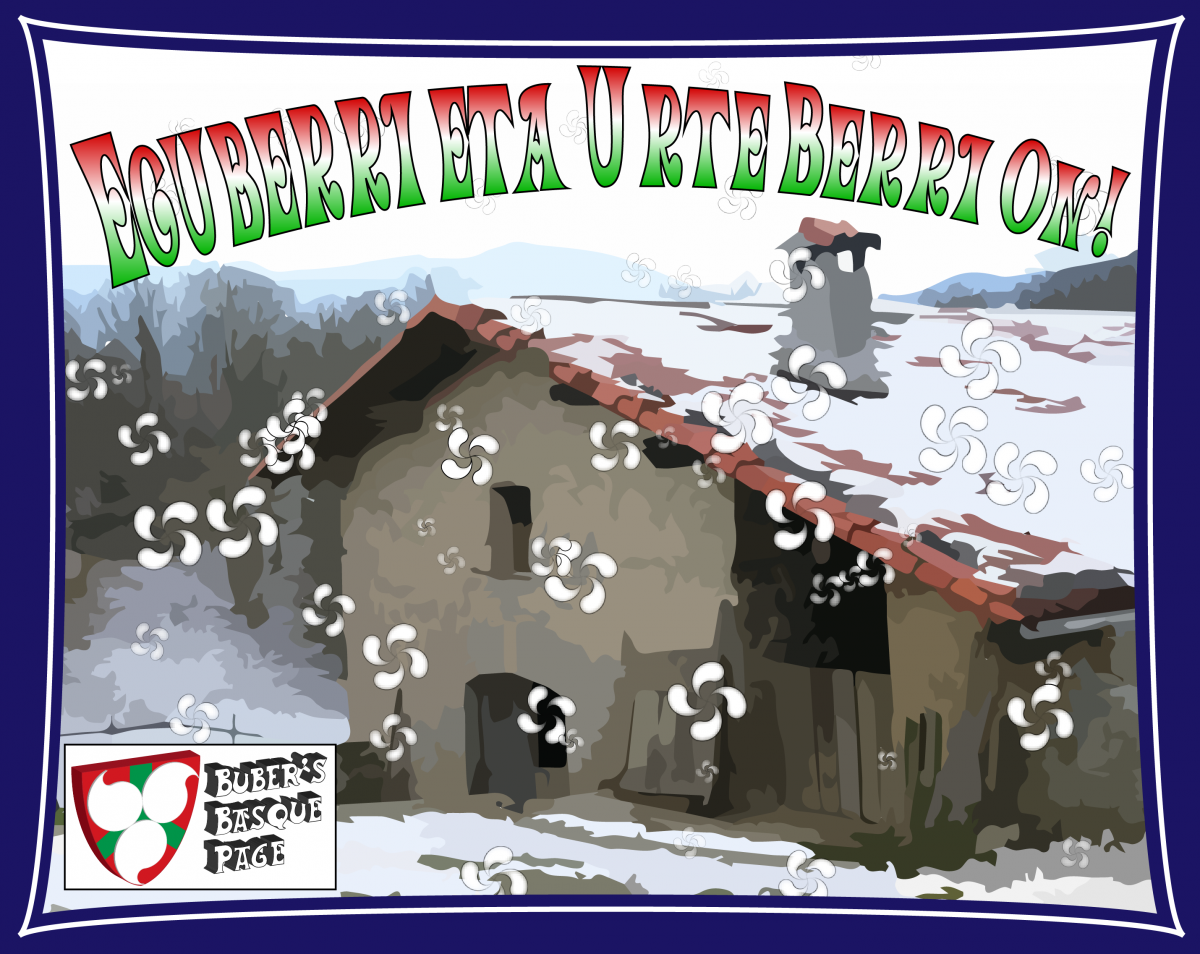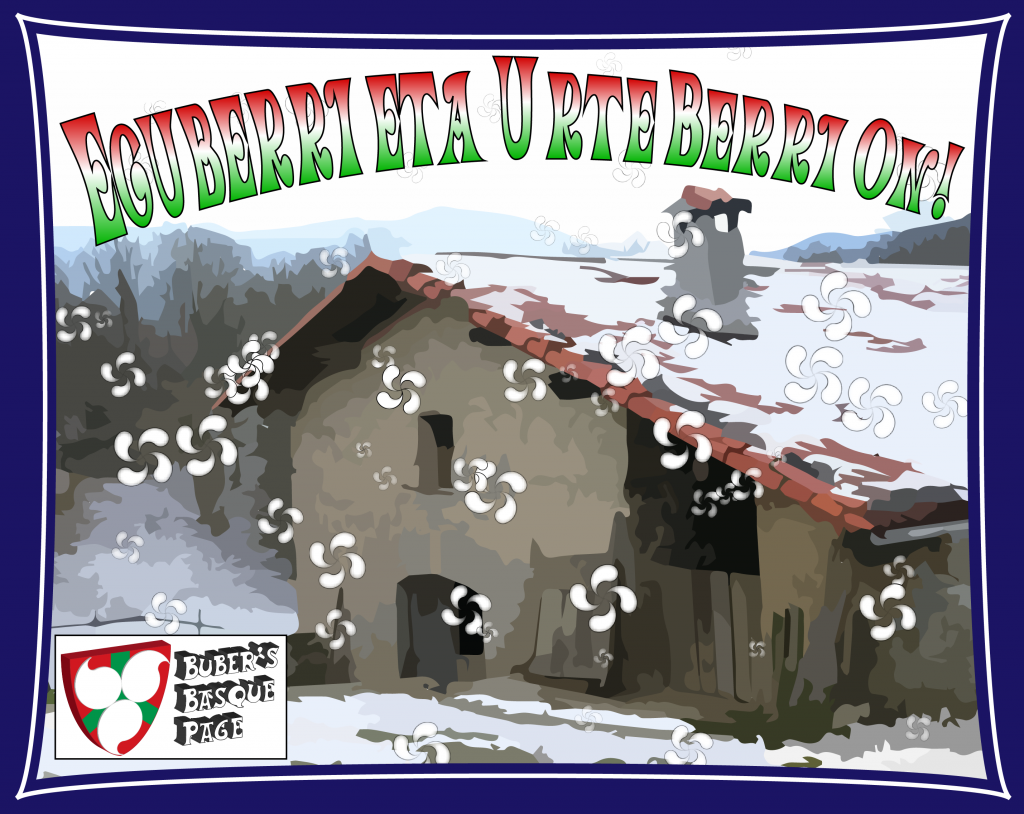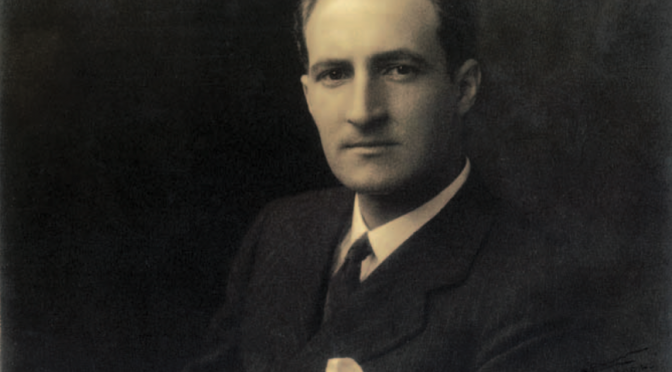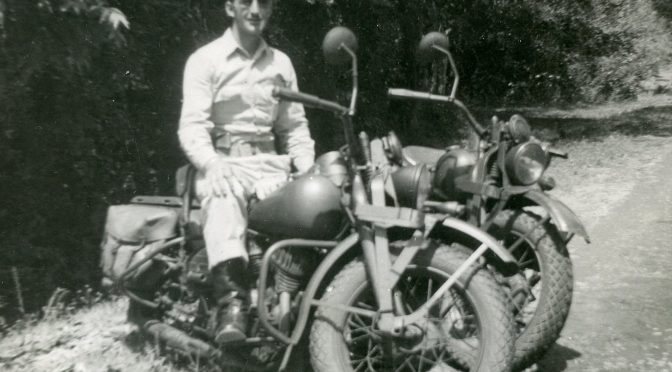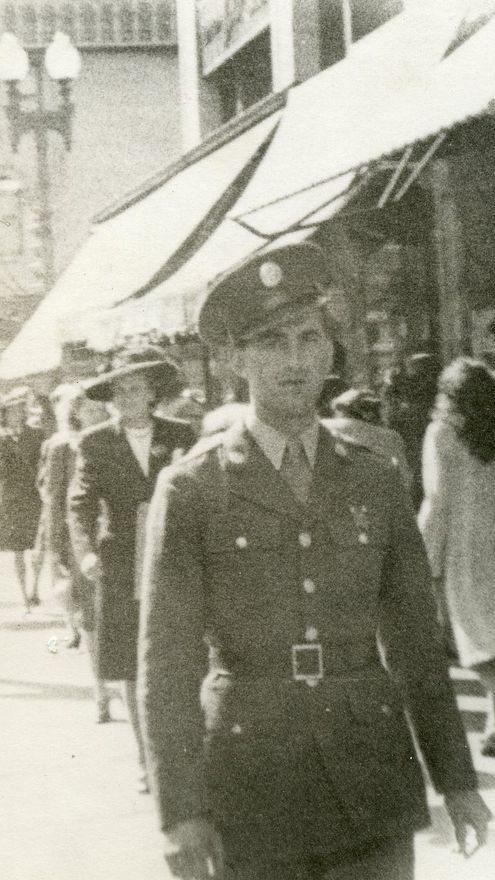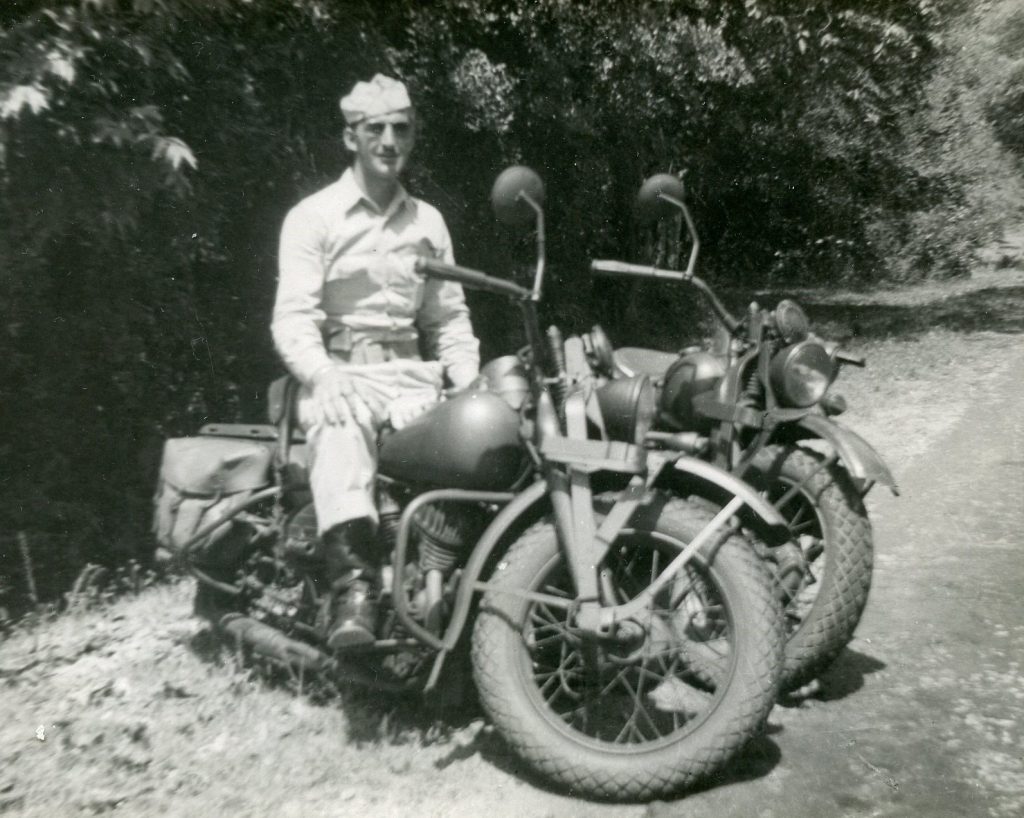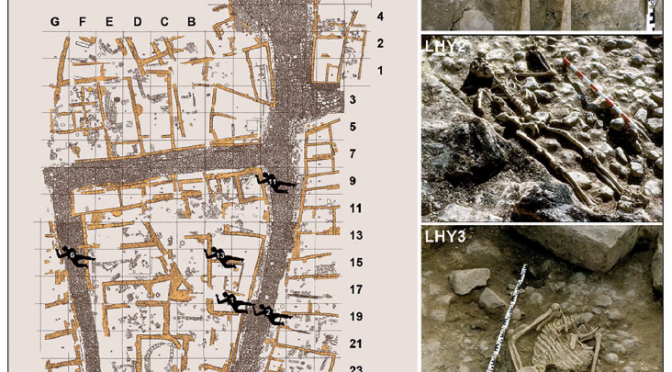Kepa hadn’t seen a feast like this since, well, the last time his cousin had visited the Basque Country and his mom had invited everyone to the baserri. Edurne’s parents had laid out the table with salads, beans, steak, roasted vegetables, and freshly made bread. In addition to Kepa and Maite, Edurne and her family, and Edurne’s parents, Edurne’s brother and his partner had also joined them. Kepa wondered when the last time so many people had been forced into this room, but then he remembered he was with fellow Basques and assumed it was likely last week.
Kepa poked at one of the brussel sprouts on his plate. “Zer da hori?” he asked for the sixth time.
Maite just laughed. “I guess we don’t eat many of these back at home, eh?”
Edurne also laughed. “Don’t worry,” she said. She nodded toward her four-year-old daughter who sat across the table with her husband. “Amaia doesn’t like them either.”
Buber’s Basque Story is a weekly serial. While it is a work of fiction, it has elements from both my own experiences and stories I’ve heard from various people. The characters, while in some cases inspired by real people, aren’t directly modeled on anyone in particular. I expect there will be inconsistencies and factual errors. I don’t know where it is going, and I’ll probably forget where it’s been. Why am I doing this? To give me an excuse and a deadline for some creative writing and because I thought people might enjoy it. Gozatu!
A twinkle lit up in Kepa’s eyes as he looked at Amaia. “Nahi duzu?” he asked, pointing to the brussel sprouts. “Do you want?” He chuckled as Amaia shook her head vehemently.
Maite stabbed one of the brussel sprouts off of his plate and put it in her mouth. “But they are so good. Goxoak dira!”
Amaia held up her plate. “Do you want?” she asked Maite.
Edurne’s husband, George, nearly choked on his wine as he tried to hold back his laughter. “She’s too smart, this one. It’s hard to fool her, believe me, I’ve tried.” George was maybe a few years older than Edurne, with thick hair and a beard that were starting to show just hints of grey. Maite thought he must have been quite dashing when Edurne first met him.
“Maybe she’ll grow up to be a physicist like her cousin, eh?” asked Edurne’s brother, Unai. Maite knew Unai, now in his late twenties, from his visits to the Basque Country, but during those visits, they had never clicked. Even though Edurne was so much older than her, Maite had always gravitated more to her, maybe because she was like the older sister she never had. But, Unai had grown into a strong young man, not quite the mountain that his dad was, but still powerfully built. He looked like he had just come from the stylist, his hair immaculate. Maite couldn’t help but be thankful he didn’t sport the mullet that was still so popular back at home. Unai’s partner, Eric, who sat next to him, was more slender, sporting a ginger goatee that was neatly trimmed. He seemed rather quiet.
“If she’s that clever, I expect she’ll find a different path,” replied Maite with a chuckle.
“So, how are your parents?” asked Anton, Edurne’s father. “It’s been so long since we’ve seen Fulgencio and Rosario.”
It had been a while since Maite had seen Anton and Feliciana, her mother’s second cousins. They looked much the same as before, though a bit greyer. Anton was always a mountain of a man, and had seemed like a giant to Maite when she was young and first met him. He still seemed built like an ox, though most of his hair had disappeared. Feliciana was still the same striking woman she remembered. She had always thought she must be some American movie star, the way she lit up the room and drew attention wherever she went. Edurne was almost the spitting image of that young, glamorous woman Maite remembered from her youth.
“They are well,” replied Maite after a sip of her wine. “A bit sad that I might go to graduate school in the United States, but otherwise enjoying their retirement.”
“We had so many good times in their bar,” sighed Feliciana. “Remember that time, after Jose’s wedding…”
“Ah, dear, let’s not get into our long stories now,” interrupted Anton. “I expect Kepa and Maite are tired after such a long flight. Tomorrow, however, we’ll regale them with stories of old.” He turned toward the pair. “A night cap before seeing you off?”
Kepa and Maite nodded as they all retired to the living room. Despite Anton’s previous protestations, he sucked Maite, Edurne and Unai into stories of his childhood, growing up in the Basque Country, coming to America to work in the big city, meeting Felciana, and staying forever. “Maybe we’ll move back when we retire,” he said.
Feliciana elbowed him in the ribs. “We’ve been retired for years now,” she said. “And you say that every year.”
Kepa, meanwhile, sat around the coffee table with George and Eric sipping his glass of cognac. He chuckled. “I usually don’t get the good stuff back at home,” he said.
“These guys never spare any expense,” replied George. “You should see how they spoil Amaia.”
“I can imagine. If I had a kid, I know my ama would go crazy.”
“What are your plans for your time in New York?” asked Eric.
Kepa shrugged. “I don’t know, to be honest.” He nodded at Maite. “This is her show. I’m just here for moral support.”
“Well,” replied Eric. “My company often has tickets for shows, not always Broadway, but usually still pretty good. I could probably swing some tickets if you are all interested.”
“That would be nice,” said George. “I’m sure Anton and Feliciana wouldn’t mind spoiling Amaia for a night. And Edurne just finished a big project at work, I think she can get away.”
“Sounds good to me, but I can’t promise I will stay awake the whole time,” added Kepa.
“Great! Let’s check with everyone, but I’ll try to get tickets in the morning.”
Amaia approached the three men, her hands hidden behind her back. She then placed a deck of cards on the table. “Will you play cards with me?” she asked.
The three of them chuckled. “Sure,” replied Kepa. “But, you’ll have to teach me these American rules first.”
Share this / Partekatu hau:
Like this:
Like Loading...




